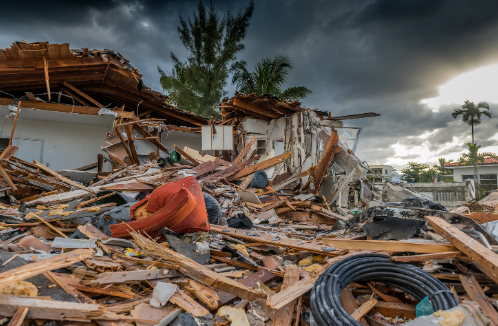Hurricane Andrew’s impact in 1992 led to a significant overhaul of building codes in Florida. The adoption of the Florida Building Code (FBC) in 2002 consolidated over 400 disparate codes, mandating hurricane-resilient features for new constructions. Lax enforcement prior to Andrew contributed to the destruction of thousands of homes.
“Andrew changed building codes and especially building code enforcement, which Andrew proved to be inadequate, incompetent, or avoidant.”
Richard Olson, Director, International Hurricane Research Center, Florida International University (FIU)
The FBC introduced high-velocity hurricane zones (HVHZ), requiring resilient products in vulnerable areas. Subsequent updates in 2015 prioritized energy efficiency and impact resistance, maintaining Florida’s leadership in hurricane-related building codes. Despite advancements, Southeast Florida remains vulnerable to flooding due to higher storm surges and torrential rainfall from modern hurricanes.
Key Takeaways:
- Hurricane Andrew's devastation in 1992 prompted a redesign of Florida's building codes. The adoption of the Florida Building Code (FBC) in 2002 mandated hurricane-resilient features, marking a significant shift from over 400 disparate codes.
- The FBC not only introduced high-velocity hurricane zones (HVHZ) but also required HVHZ products in vulnerable areas, ensuring robust standards for windows, doors, and roofs. Prior to Andrew, lax enforcement contributed to the destruction of thousands of homes.
- Despite vulnerabilities to flooding in Southeast Florida, the state now leads the nation in hurricane-related building codes and enforcement, according to the Insurance Institute for Business and Home Safety (IBHS).
To address evolving threats, a new hurricane testing facility, the NICHE facility at Florida International University, aims to study structures under current codes against extreme wind, surge, and wave events.


